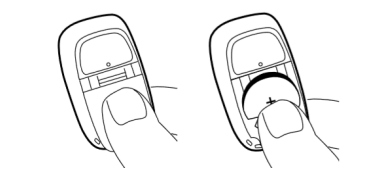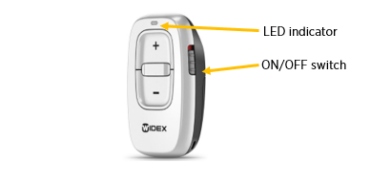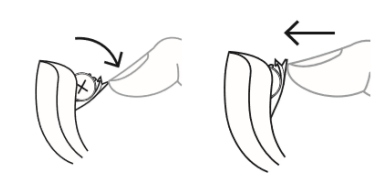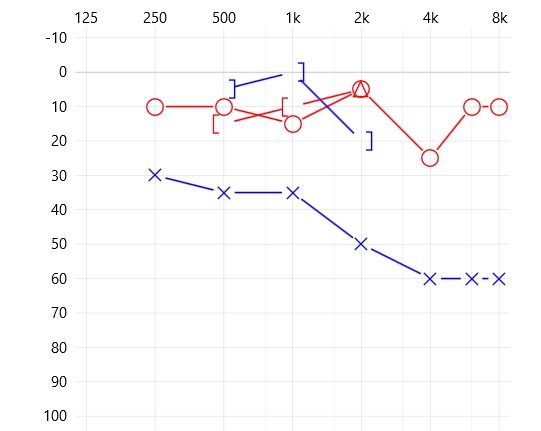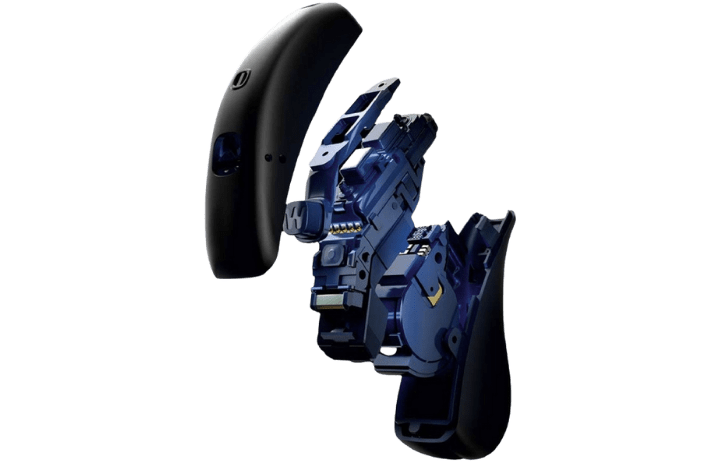5 Benefits of Wearing a Hearing Device
1: Enhance your current hearing
Unfortunately, hearing loss, largely, can not be reversed, a hearing device will not restore the hearing you have lost but will maximise your current hearing.
Unlike prescription eyewear which restores your vision to 20/20, hearing devices are programmed to enhance your current hearing to improve a person's quality of life.
A Qualified Audiologist can provide a full hearing test and a physical examination of the ear, allowing for a detailed diagnosis. The results of the hearing test are plotted on a graph called an Audiogram which gives a visualization of a person's ability to hear at low and high frequencies for each ear.
Your Audiologist will explain in detail what your Audiogram means and the reasons for any difficulties you may be experiencing.
The Audiogram will display:
(i) If hearing loss is present
(ii)The level of hearing loss in each ear
(iii) The type of hearing loss (Sensorineural, Conductive, Mixed) – and what this means for you going forward
Once diagnosed, a hearing device can be prescribed for your level of hearing loss. The Audiologist will program a hearing device for each ear based on your audiogram. Once programmed, most patients experience a clarity improvement in their hearing.
(i) You may hear sounds that you have previously not
(ii) You may find it easier to communicate with people
(iii)You may hear speech clearly in busy environments
2: Lower risk of cognitive decline
Seniors with hearing loss are significantly more likely to develop dementia over time. Frank Lin, M.D, Ph.D. conducted a study researching the link between hearing loss and dementia.
Dr. Lin’s study highlighted that although the reason for the link between the two conditions is unknown, the investigators suggest that a common pathology may underlie both or that the strain of decoding sounds over the years may overwhelm the brains of people with hearing loss, leaving them more vulnerable to dementia. Furthermore, the University of Washington’s Department of Medicine conducted research on the link between dementia and hearing loss.
In a sample of 100 patients with dementia, 83 patients had hearing loss. Once fitted with a hearing device, a third of those patients were classified with a less severe case of dementia.
Research conducted by the Lancet Commission in 2020 cited that hearing loss might result in cognitive decline. Hearing loss is cited as one of the 12 factors related to preventing dementia from early childhood.
3: Improve communication with family and friends
Recurring hearing problems may have a negative effect on a person's quality of life. The ability to communicate accurately and freely can negatively affect their independence, well-being and confidence.
Research by Timothy Beechey observed the difference in a hearing device to participants of the study. “The provision of hearing aid amplification reduces the effort required to maintain communication in adverse conditions. This reduction in effort provides benefit to hearing-impaired individuals”.
A person's ability to hear clearly and converse with people in a social setting can also give a person great confidence. Unfortunately, people who suffer from hearing loss can feel isolated and unable to engage in conversations.
Correctly programmed hearing devices can:
- Boost a person’s confidence
- Give them independence
- Avoid feeling isolated
- Engage more in social settings
- Build better relationships with family & friends
4: Reduced auditory fatigue
When a person experiences hearing loss, they may suffer auditory fatigue. Auditory fatigue occurs when we are unable to translate a particular sound or frequency meaning the brain must work harder to process the signal. A person struggling with their hearing must work harder to hear, process and interpret the sound.
This can lead to tiredness, mental fatigue, decreased sensitivity, and discomfort. People can struggle to process conversations, focus for a prolonged period of time or distinguish sounds in a busy environment.
By seeking the help of a Qualified Audiologist to establish if hearing loss is present, hearing devices can be prescribed to assist with hearing loss. Once programmed to the exact hearing loss which in turn can reduce auditory fatigue.
5: Reduced Tinnitus symptoms
Tinnitus is the term for hearing sounds that come from inside your body, rather than from an outside source. Quite often described as a ringing, buzzing, whistling, or humming. There are several causes of Tinnitus which are often related to age-related hearing loss, compacted ear wax, Ménière's disease & otosclerosis.
A consultation with a Qualified Audiologist can provide a diagnosis and possible treatment plan. A hearing device can assist with Tinnitus as the majority of models have a Tinnitus masker built in. An Audiologist can program a hearing device to your level of loss and apply a Tinnitus masker based on your Audiogram.
Very often, wearing a hearing device set to your Audiogram (so replacing missing sounds/ tones), will have a beneficial effect on a person’s tinnitus, and may not need to use a masker, again, your Audiologist will best advise.
References:
https://www.hopkinsmedicine.org/news/media/releases/hearing_loss_and_dementia_linked_in_study
https://www.thelancet.com/journals/lancet/article/PIIS0140-6736(20)30367-6/fulltext https://www.alz.org/media/documents/alzheimers-facts-and-figures-2019-r.pdf https://pubmed.ncbi.nlm.nih.gov/32259454/
This article was written by:

Claire Bolger, BAgSc, MAgSc, HDip- HAA (Hearing Aid Audiology)








